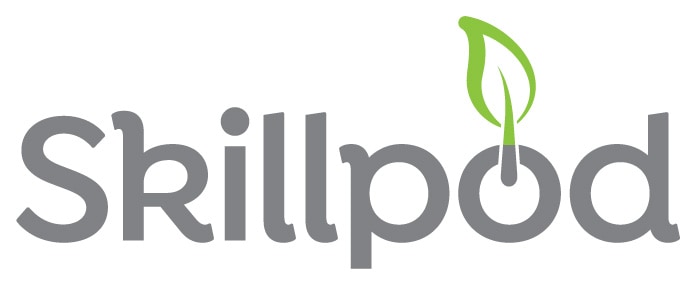In these times of turmoil and ‘the great resignation’, with skill shortages and people moving on to new opportunities. You’ve gone through the ropes to attract new talent, now, how are you onboarding them?
A scenario-based learning: an example of workplace induction
How would you feel if this was your first day?
The wrong way
It’s your first day at a new job. You turn up at 8:30 on the dot and excitedly announce yourself at reception. The receptionist doesn’t know who you are.
The manager turns up looking stressed and tells you that things are a bit chaotic, but he will try to get through everything with you today. He asks you to wait at reception for a few minutes while he gets your paperwork ready. The manager returns with the paperwork, including the organisational chart, which is out of date.
Most of the people have left, we might as well throw this one out, he says, but gives it to you anyway. It’s now 9:45am.
The right way
- Get the HR paperwork and email account sorted before their first day in the office
- Assign a buddy. Ideally someone who has been around a while. It’s crucial that a new hire has someone who they can go to for guidance and questions who is not their direct manager. This will be more intensive in the first few weeks. Longer term, the ‘buddy’ system could turn into a workplace mentorship programme
- Make it personal. Everyone likes a personal touch
IT setup
The wrong way
The manager is called away, but sends Emma to continue your induction.
No mention is made of who Emma is or when the manager will be back, so you just wait at the empty desk with a mountain of paperwork, hoping Emma turns up.
Emma eventually arrives, introduces herself and says she will show you through the company’s database. You try to do this together but the server is down.
Emma goes off to talk to IT to sort this as well as your new email, and leaves you to read through the company policies and the out-of-date organisational chart.
Half an hour later, the manager turns up again. Sorry for such a crazy first day, it’s not always like this, he says. You wonder if that’s true. Why don’t you have an early lunch?, he suggests. You go out to a nearby cafe and eat lunch by yourself.
The right way
- Introduce the team. This needs to happen straight away
- Most people want to be productive as soon as possible so set some easily achievable task
- Take them out for lunch
Knowledge management
The wrong way
At 12.15 you are back at your desk.
Emma turns up 15 minutes later and helps you log into the system. The next couple of hours are spent going through the customer database, while you desperately try to take notes.
Is this all written down somewhere? you ask hopefully.
Unfortunately no, is the reply. We have been planning to do that but never got around to it. Maybe that’s something you could do? You nod, apprehensively.
The right way
- Don’t overwhelm with too much info. Spread meetings throughout the first week
- Discuss job expectations and what needs to be done to be successful in the role
- Explain how appraisals work – it’s good to know this from the outset
- Talk about the company culture and values. It’s better to talk about culture than to read about it in an employee handbook
Amenities
The wrong way
You suddenly realise you haven’t been to the toilet all day. Where is the toilet? you think to yourself, annoyed now at the fact that no-one thought it necessary to mention this to you.
When you return Emma asks if you’d like to meet some of the team. Finally! She takes you to a larger room down the corridor but most of the desks are empty. We can do introductions tomorrow, she says.
You spend the next few hours flailing about.
The right way
- Check in regularly and get their feedback
- Give information in a variety of ways – written documents, face to face explanations or demonstrations, team meetings, e-learning. Everyone learns in a different way, so cover your bases
Summary
By the end of your first day and you haven’t met most of your colleagues, you don’t have any work to do and don’t know who to ask about this. Worst of all, you don’t even know where you can make a cup of tea.
Will you come back tomorrow?
Before you say, this isn’t us, as a senior manager, are you sure?
This style of induction is much more common than having a well systemised induction process that gets your new hires on board with your team. You’ve spent thousands of dollars to recruit this talent, and the minute they walk in the door, it’s all undone with an undercooked induction.
Get your people onboarded right with an induction package that sets you up as a leader in the industry and brings people into your culture in the right way.

